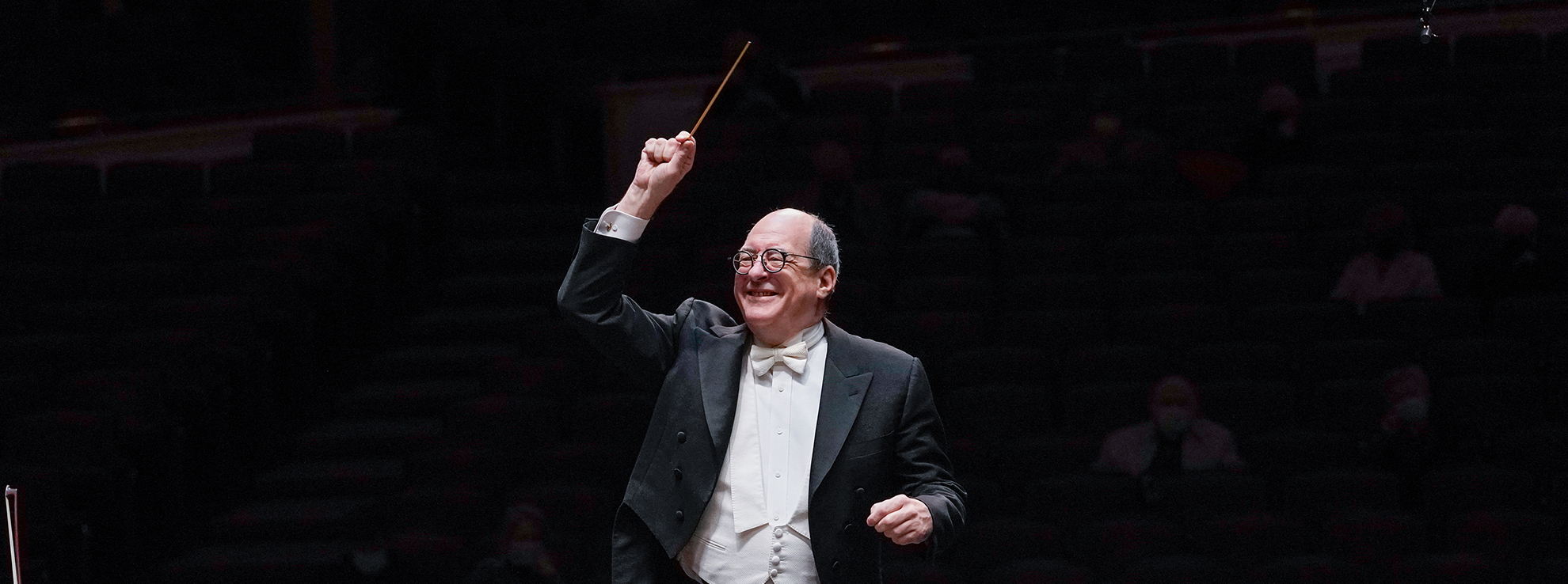The Fort Worth Symphony Orchestra still has its eye on Beethoven, Brahms, Debussy and their ilk. But it will peek beyond its artistic home turf next season, when it will share Bass Performance Hall with actors, dancers and even masterpieces of Spanish painting.
“We’re certainly not abandoning the symphonic canon. We’re just adding new elements to some of our performances,” says Keith Cerny, the Fort Worth Symphony’s president and CEO. He thinks back to 2023, when music director Robert Spano and the group partnered with Texas Ballet Theater in Igor Stravinsky’s trailblazing The Firebird.
“Our audiences absolutely loved it,” Cerny recalls. The orchestra and other guests followed up with Stravinsky’s Petrouchka and The Rite of Spring. Cerny thinks back to what preceded these ventures.
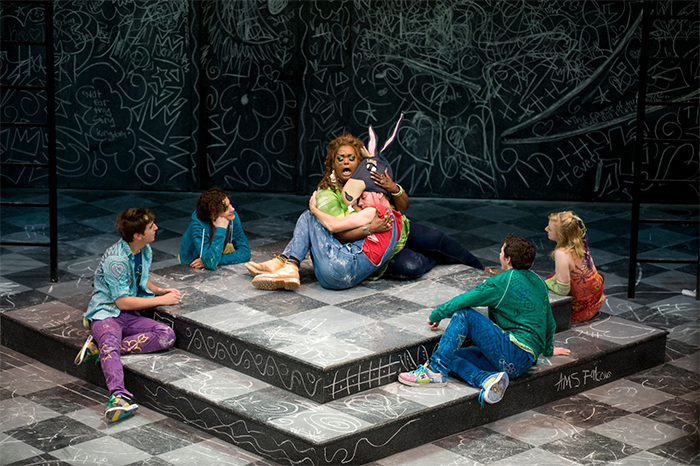
1 ⁄4
FWSO collaborates with Dallas Theater Center for Shakespeare at the Symphony Bass Performance Hall February 27-March 1, 2026. Pictured: The cast of the Dallas Theater Center’s A Midsummer Night’s Dream, directed by Kevin Moriarty. Photo courtesy of DTC.
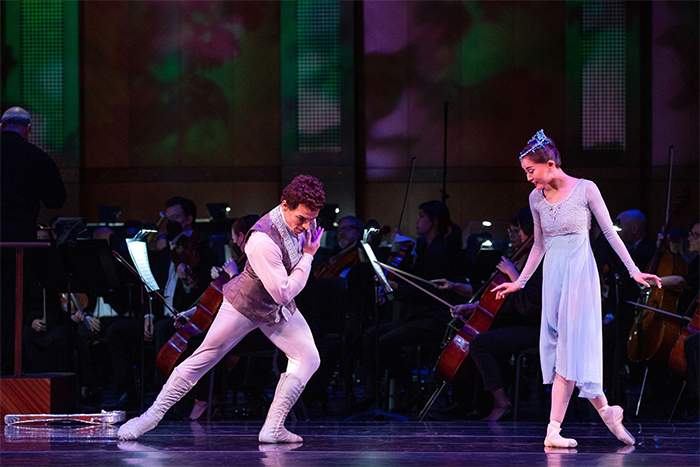
2 ⁄4
Texas Ballet Theater with the FWSO in “A Night at the Ballet: Brian Raphael Nabors, Humperdinck, Griffes, Ravel, and Stravinsky” with choreography by Ben Stevenson, O.B.E. Photo courtesy of FWSO.
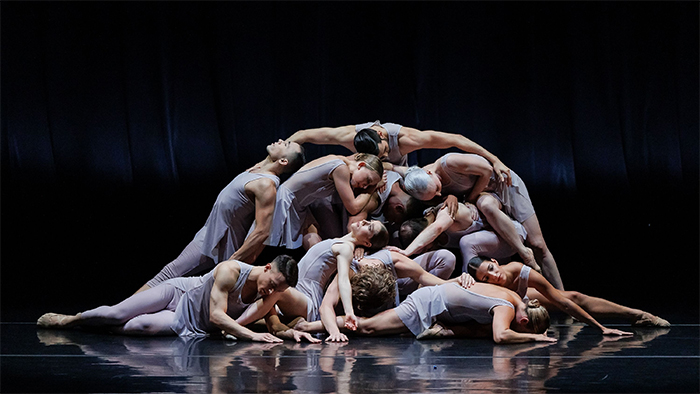
3 ⁄4
FWSO collaborates with Bruce Wood Dance Dallas for Symphonic Stories: Alice’s Adventures in Wonderland Sept.19-21 at Bass Performance Hall. Pictured: Bruce Wood Dance Dallas in Joy Bollinger’s And Heaven and Nature. Photo by Sharen Bradford.
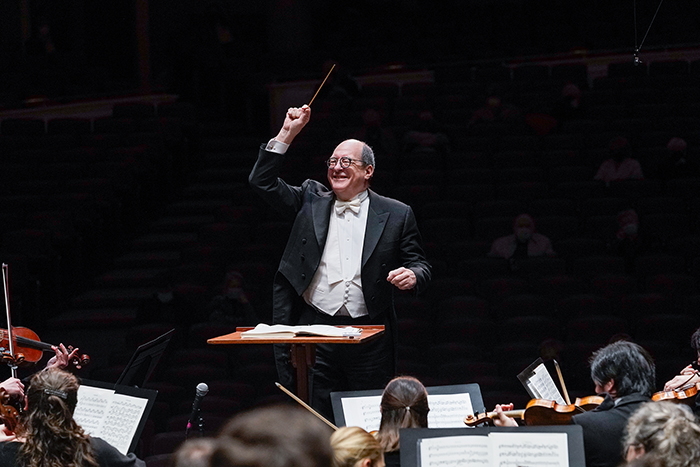
4 ⁄4
FWSO Music Director Robert Spano. Photo by Karen Almond, Fort Worth Symphony Orchestra.
Dallas Theater Center’s executive director, Kevin Moriarty, will stage scenes from Shakespeare’s Romeo and Juliet, marshalling four actors from the company. Alice’s Adventures in Wonderland will employ a 40-minute suite from Talbot’s full-evening ballet, which London’s Royal Ballet premiered in 2011.
“I was there for one of the very first performances,” Cerny recalls, “and was just so taken by (Talbot’s) wonderful orchestral writing and the wit and the whimsy of this piece.” The suite that Talbot drew from it, Cerny adds, zeroes in on “many of the most famous characters, and they all have a musical feel that picks up their personalities.”
Talbot’s score “really captures the spirit of the original book,” Cerny says. “Joby is a master of orchestration and loves giant percussion sections. So we had a run through in April of this year just to get ready. …We had six percussionists plus timpani—so this big sea of percussion, all these exotic instruments.…The work is a huge international success for a reason, which is it’s just so clever.” Bruce Wood Dance’s artist director, Joy Bollinger, will create new choreography.
Alongside the novelties, the orchestra’s classical series will offer a generous helping of time-honored scores. Spano will cap off the season opener with the intensity of Johannes Brahms’ Symphony No. 4 (Sept. 5-7). A program dubbed “The Sounds of Paris” will include Claude Debussy’s scintillating La Mer and, as another nod to the star-crossed lovers, the Love Scene from Hector Berlioz’s Romeo and Juliet (Jan. 9-11). The aforementioned Spanish program will feature Manuel de Falla’s The Three-Cornered Hat, and an American-music concert will feature the suite from Aaron Copland’s beloved Appalachian Spring (May 16). The season finale will culminate in Jean Sibelius’ majestic Symphony No. 2 (May 22-24).
Notable guests will also make their marks. Fleet-fingered British pianist Stephen Hough will contribute Edvard Grieg’s Piano Concerto to the season opener, and violinist Gil Shaham will bring his poise to Brahms’ Violin Concerto in a one-night gala (Feb. 21). Guest conductor Peter Oundjian, former music director of the Toronto Symphony, will add another dose of Brahms’ lyricism—the Symphony No. 2 (May 8-10).
A previous guest gains new status as Britain’s Jane Glover becomes the orchestra’s principal guest conductor. Glover, who has conducted Mozart’s The Magic Flute and Don Giovanni for Houston Grand Opera, will lead two programs, including—but not limited to—the classical-period repertoire that has long been her specialty.
In Glover’s past visits, “the orchestra just adored working with her,” Cerny says. “She’s such a luminous intellect, musician and leader. Now that she’s principal guest conductor, Robert and I have been…encouraging her to conduct repertoire for which she is less well known.”
That Britten-and-Beethoven bill will also feature four of the orchestra’s principal players in Joseph Haydn’s Sinfonia Concertante. The orchestra’s concertmaster, Michael Shih, will get a turn in the spotlight during the season finale, soloing in the world premiere of the Violin Concerto by American composer Michael Gandolfi (May 22-24). Commissioned by the orchestra, the concerto launches a three-season series of premieres featuring the orchestra’s principals.
Still more musicians will get to step out in the orchestra’s chamber-music concerts, housed in the Kimbell’s Renzo Piano Pavilion. Spano, trained as a pianist, sits down at the keyboard to collaborate with his players as a fellow instrumentalist, not someone looming over them from the podium. Cerny, also a pianist, sometimes leaves his office to chime in. The coming season will include Robert Schumann’s Piano Quartet with Spano (Feb. 15) and Beethoven’s “Archduke” Trio with Cerny (April 19).
The series, launched after Spano became music director in 2022, has been “a real musical coming-together for the institution,” Cerny says. “This is absolutely what Robert and I hoped it would be.”
-STEVEN BROWN

